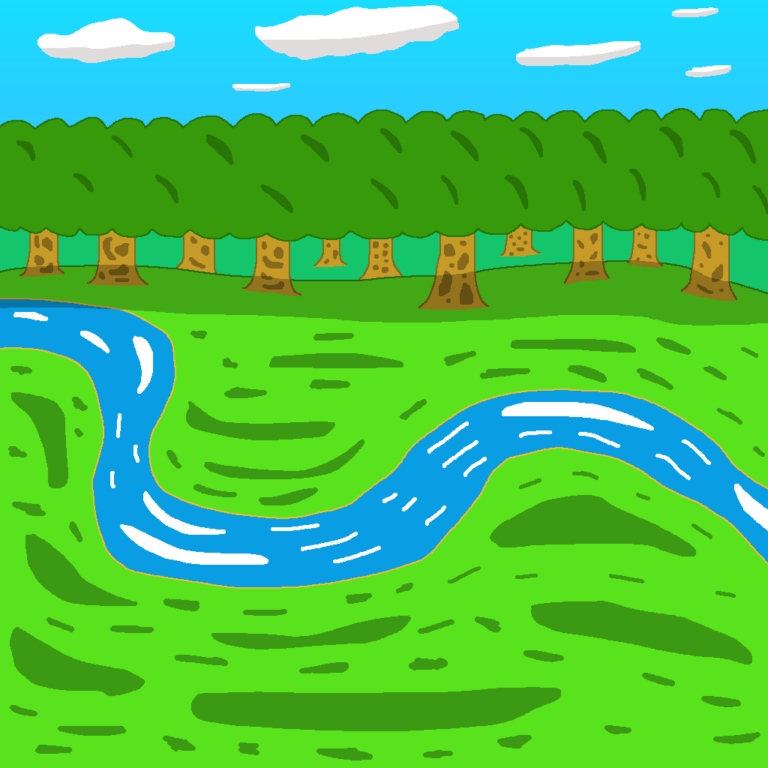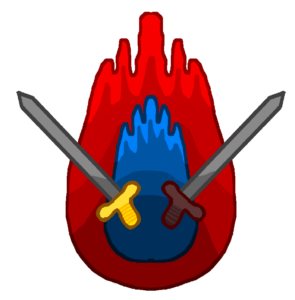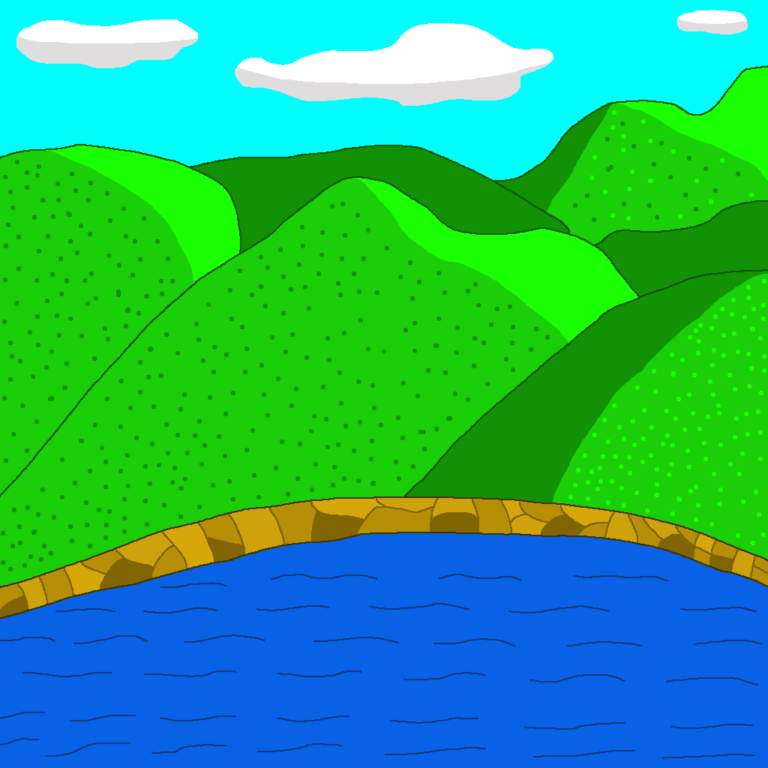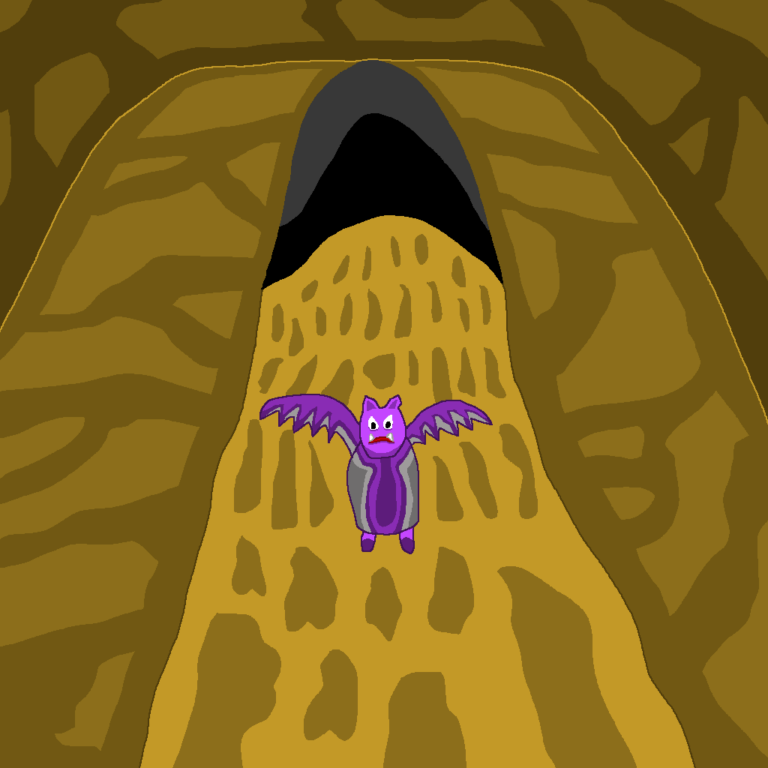Join US
Do you want to build the fantasy world you’ve always dreamed of?
Subscribe to receive notifications when a new post is out and for our monthly newsletter!
You can always unsubscribe anytime.


The outlining process entails creating a variety of scenes and characters spread out across chapters and scenes. From beginning to end, the outline is the vision the author has for the novel he’s planning to write. A crucial part of the outlining process is setting the story pace.
While there are many articles online that focus on how to write said pace, this one looks at what affects it. This is an important distinction to make since not many articles dive into why and how it changes throughout the novel.
The story pace refers to how fast or slow the story is moving. It’s imperative to establish it when working on the outline as you get an idea at how the story is progressing by looking at all the scenes you’ve written down.
Why is it so important to do it this early in the process? Because the pace of the story is inconsistent throughout the novel. It changes dynamically by both chapters or sections. Some parts will be slower; others faster. Therefore, you want to get it right when working on the outline, for you’ll be writing your book based on how your outline is presented.
Interestingly enough, dialogue can affect the story pace in several different ways. In some cases, it slows it down to the point where it’s just two or more people talking about something salient to the plot. You can use this to your advantage by presenting what’s going on around them that the audience can’t afford to miss since what and how they talk about it will affect the plot going forward.
In regard to key scenes, or scenes so significant to the plot that without them there would be no story, it’s imperative to have the right pace. You want to emphasize to the audience that the scene they’re reading is one they really ought to pay attention to, instead of simply glossing over it. The pace helps convey that impression.
This is article number seven in our deep-dive look at the writing a fantasy novel series. If you want to peruse many of the ones we have available, check out our blog page.

When you read a book, you notice that sometimes it feels like it moves faster at some parts and other times, it’s slow. That is what’s called the story pace. It would be boring if the pace was the exact same all the way from the beginning to the end.
Many stories at the beginning start off slow. This is deliberate because it helps ease the audience into a world they’re discovering for the first time. Your readers have to learn what your world is like, the characters who will play a major role in the unfolding tale, and what’s happening. That’s a lot of information to process in a short amount of time which is precisely why the pace of the story moves slowly at the beginning. Going slow gives the audience time to get a grasp on who’s who and what’s going on.
Once your readers have familiarized themselves with your world and your characters, it’s time to kick it in high gear. Even though the first several chapters move slowly to give your audience time to acclimate themselves in a world unfamiliar to them, once you move past these chapters, the pace picks up quite considerably. You’re now able to introduce what you originally sought to do at first: what the story is truly about at heart. This transpires during the last part of the beginning stages.
With the beginning done, it’s time to move onto the next section. The middle portion of the book features a mixture of slow lows and fast highs. What that means is that there’ll be times where the pace significantly tapers down and times where it ramps up.
When approaching turning points, the pace will quicken which astute readers will perceive that something major is about to happen. After intense/key scenes, the pace slows down dramatically. This is done by design, to give the characters —and the audience — some breathing room to process what just happened.
The last part of the book has few slowdowns in terms of pace but it mostly moves fast as the pages quickly barrel towards the fateful showdown. The pace guides the audience along as both the protagonist and the villain make the necessary preparations and make their final moves before facing each other. During said confrontation, the pace is all over the place as the characters talk and fight, which only heightens the atmosphere’s tension.
After the showdown, the pace again slows down dramatically since the story is pretty much over and the protagonist can breathe a sigh of relief, taking solace that he vanquished the monster menacing the world and saved everyone.
Sometimes dialogue can drive the pace of the story and other times, it’s the other way around. If you boil it down, it’s essentially just two or more people talking about something germane to the story. However, what’s going on around them as they’re talking is determined by the pace.
When people talk, the pace slows down to the point that the conversation is the only thing relevant to the story at that point in time. In this vein, this is where dialogue drives the pace. Doing so enables the audience to understand that this conversation is part of the tale, regardless of how small it is in the grand scheme of things and they ought to pay attention to it.
You can use this to your advantage to create compelling dialogue that moves the story forward in an unexpected direction. Perhaps one of them discovers a shocking secret that upends everything he thought he knew? Or he must go through a trial to obtain something that will prove instrumental in his journey?

Let’s face it, having just two characters talking without not one thing going on around them makes for a dull book. This is where the story pace drives the dialogue. You have many avenues to create interesting situations both for your characters and your readers.
Different characters have different conversations throughout the novel. If you notice, these conversations, though they move the story forward, are largely dictated by their surroundings and the point in the story they take place in. Case in point, in the first several chapters, the dialogue is generally more relaxing and in places of relative peace. This is done to help the audience learn about the characters.
The further along in the book you get, the tone changes from relaxing to tense as characters speak in environments they’re not accustomed to, which brings their insecurities and fears to the surface. This is especially pertinent in both the middle and the last part of the book.
The changes in dialogue tone correspond with the changes in the story pace. As the pace picks up, meaning that the characters deal with the changes in their surroundings in different ways, they speak with urgency and many of the conversations they have are short and to the point. The opposite also holds true. When the pace slows down, the characters adopt a more nonchalant tone and are quite willing to speak for longer periods of time.
While the pace of the story is important from the first page on, nowhere is it more vital than in key scenes. These scenes are so crucial to the overall story that it’s essential you set the right pace. You want to convey to the audience that these scenes aren’t something to skim over and the pace is a large driver in that respect.
There are two things to be careful about when determining the pace of these scenes. If it moves too slow, it might drag on and lose its importance. Conversely, if it moves too fast, it’ll already be over and your audience will be left scratching their heads at what happened.

So how do you establish the right story pace for pivotal scenes? Much like dialogue, these scenes drive the pace. What that means is that what transpires during said scenes affects the tenor of the pace. Intense scenes like battles move fast whereas exploring tense settings like mines or caves move at a snail’s pace.
The pace in key scenes vary and you only get one shot at making it right so make it count. Before many of these scenes, the story moves fast as you ever so slightly guide your readers towards them. Here, you can raise the pace up a notch to convey to the audience that they’re reached the junction you’ve been leading them to for some time now. This is the usual approach but you can turn it on its head by deliberately slowing it down which will catch them off guard and make them wonder what will happen next.
Key scenes have a markedly higher intensity compared to the ones before and after them and the pace should mirror that. You want to show the gravitas of the situation and choosing the right words goes a long way in reinforcing that.
Though the pace of the story moves forward only, from the very first page to the last, it goes up, down, slow, and fast. Think of it like a river where it begins somewhere and the water flow fluctuates all the way to the end. This provides writers ample opportunities to craft interesting stories that’s constantly in flux.
It’s generally a good idea to begin fleshing out the pace while in the outline stage. You’ve already established the general contours of your story. Now comes the time to look at what you wrote and see how your scenes flow into each other, which will help you identify the points where the pace will change.
The pace doesn’t remain static throughout the novel. Instead, it changes as some parts will be slower and others faster. It varies by chapter and scene and it can even shift several times in a chapter!
Dialogue drives the pace and vice-versa. Where and when in the book a conversation transpires fundamentally affects its tone and the pace. Characters are more at ease and willing to speak more freely in the early stages as opposed to the late stages where they’re more anxious and less likely to bite their tongue.
Key scenes are so essential to the story that having the wrong pace can mess them up completely and throw your book off-kilter. Giving it the right pace goes a long way towards illustrating to your readers that they cannot afford to skip over them, lest they miss something that’ll prove important down the road.
Now that you have a bird’s-eye understanding of the story pace, take this time to look at your favorite books and see how it changes throughout. Apply it to the one you’re working on.
Matching the right pace for the scenes and chapters goes a long way in making a great book!
Let me know what you think in the comments below. (Note: this is an account-exclusive feature).
If you don’t have one, you can register here. It only takes a few moments of your time!
Liked this article and want to subscribe? All you have to do is fill out the form below and that’s it!
Thanks for reading this and until the next time,
Sunfire
Subscribing means you receive:
You can always unsubscribe anytime.
Do you want to build the fantasy world you’ve always dreamed of?
Subscribe to receive notifications when a new post is out and for our monthly newsletter!
You can always unsubscribe anytime.